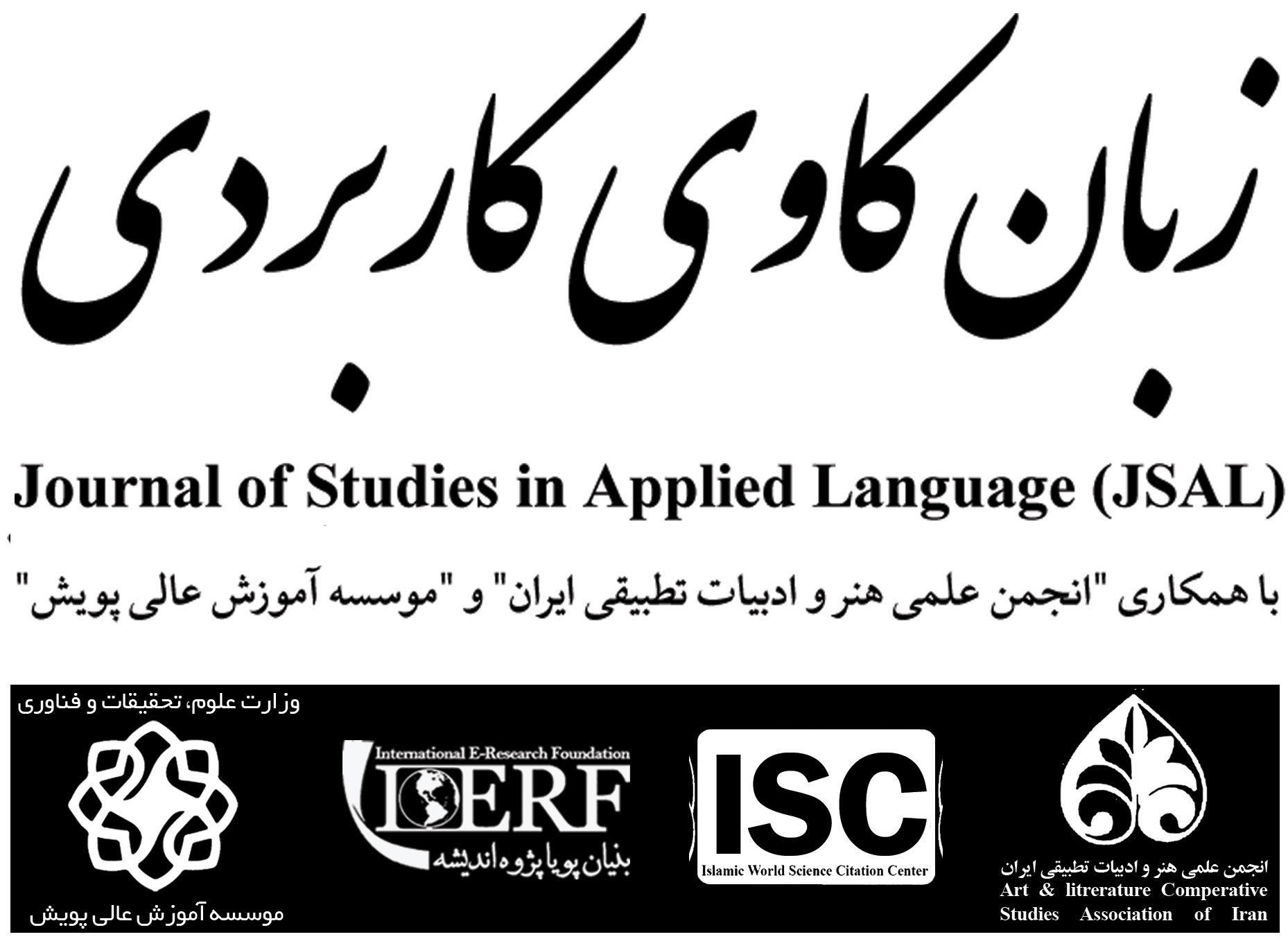Volume 8, Issue 2 (Journal of Studies in Applied Language (JSAL) 2025)
JSAL 2025, 8(2): 0-0 |
Back to browse issues page
Download citation:
BibTeX | RIS | EndNote | Medlars | ProCite | Reference Manager | RefWorks
Send citation to:



BibTeX | RIS | EndNote | Medlars | ProCite | Reference Manager | RefWorks
Send citation to:
mirhaghjoo langerudi S, saadi M. (2025). Discourse Analysis of Justice-Related Terms in the Holy Qur’an. JSAL. 8(2),
URL: http://jsal.ierf.ir/article-1-184-en.html
URL: http://jsal.ierf.ir/article-1-184-en.html
1- Instructor, Faculty Member at the Islamic World Science Citation Center (ISC) , mirhaghjo@isc.ac
2- Faculty Member at the University of Religions and Denominations, Qom
2- Faculty Member at the University of Religions and Denominations, Qom
Abstract: (71 Views)
This study aims to analyze the lexical items associated with the concept of justice in the Holy Qur’an by employing two complementary methodologies: Critical Discourse Analysis and Cognitive Linguistics. The goal is to explore how this abstract concept is constructed and utilized within linguistic, social, and ethical contexts. The research adopts Norman Fairclough’s (1995) model of discourse analysis, which views language not merely as a tool for transmitting information, but as a means of constructing meaning, shaping social reality, and reinforcing values and ideologies.
The study analyzes a selected set of Qur’anic verses that contain central terms such as ʻadl (justice), qisṭ (equity), ḥaqq (truth/right), and mīzān (balance/scale). Tools from Cognitive Linguistics, particularly conceptual metaphors, are employed to reveal how the concept of justice is cognitively embodied, as in the metaphors: "Justice is a scale", "Justice is light", and "Justice is a straight path." The research also examines discursive oppositions such as justice/injustice (ʻadl/ẓulm) and equity/oppression (qisṭ/jawr) to uncover the pragmatic functions of these concepts within the Qur’anic text.
The findings indicate that justice in the Qur’an is not merely a legal or legislative value, but a comprehensive epistemological and ethical principle that reflects the unity of Qur’anic composition and the centrality of monotheism. Moreover, the semantic structure of the selected terms plays a role in shaping the Qur’anic consciousness of the audience, guiding them toward a holistic vision of justice as a foundational value in the Islamic worldview.
The study analyzes a selected set of Qur’anic verses that contain central terms such as ʻadl (justice), qisṭ (equity), ḥaqq (truth/right), and mīzān (balance/scale). Tools from Cognitive Linguistics, particularly conceptual metaphors, are employed to reveal how the concept of justice is cognitively embodied, as in the metaphors: "Justice is a scale", "Justice is light", and "Justice is a straight path." The research also examines discursive oppositions such as justice/injustice (ʻadl/ẓulm) and equity/oppression (qisṭ/jawr) to uncover the pragmatic functions of these concepts within the Qur’anic text.
The findings indicate that justice in the Qur’an is not merely a legal or legislative value, but a comprehensive epistemological and ethical principle that reflects the unity of Qur’anic composition and the centrality of monotheism. Moreover, the semantic structure of the selected terms plays a role in shaping the Qur’anic consciousness of the audience, guiding them toward a holistic vision of justice as a foundational value in the Islamic worldview.
Keywords: Justice, Holy Qur’an, Discourse Analysis, Cognitive Linguistics, Conceptual Metaphor, Semantic Oppositions
Type of Study: Research |
Subject:
Linguistic research
Received: 2025/05/19 | Accepted: 2025/07/13 | Published: 2025/05/31
Received: 2025/05/19 | Accepted: 2025/07/13 | Published: 2025/05/31
Send email to the article author
| Rights and permissions | |
 |
This work is licensed under a Creative Commons Attribution-NonCommercial 4.0 International License. |







